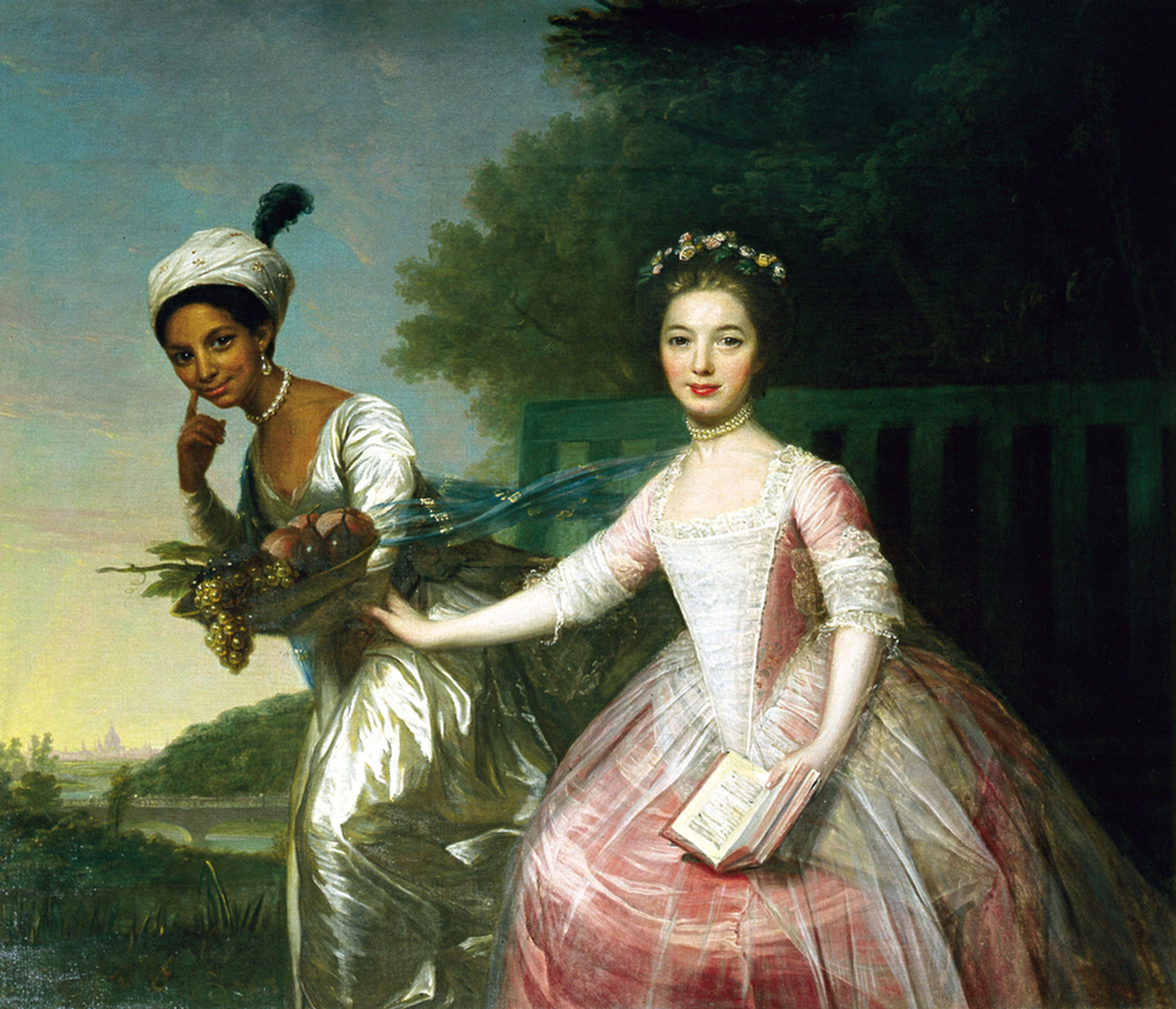A rare and unusual Georgian mourning ring commissioned in memory of John Crabtree, who died on December 28, 1796. Modeled in 18k gold with black and white enamel, the oval face of the ring features the deceased's initials "JC". True to the style of mourning rings from this period, the band features his full name and death details, but completely atypically, there is a hinge at the back which allows the ring fold open. Perhaps the mourner who wore this ring had pronounced knuckles or even arthritis. Or maybe the ring was worn over a glove? A small peg on the band can be inserted into one of two notches on the underside of the head which makes the size adjustable. The ring can be worn as a size 9 or a slightly roomier size 10.5.
thedetails
- Materials
18k gold (marked), black & white enamel
- Age
London hallmark for 1796; inscribed for 28 Dec 1796
- Condition
Good - some minor loss and wear to the enamel; surface wear commensurate with age and use
- Size
size 9 (or size 10.5), cannot be resized; 8.8mm head, 7.2mm shank
Need more photos?
Send us an email to request photos of this piece on a model.

Aboutthe
GeorgianEra
1714 — 1837
As imperialist war raged in the Americas, Caribbean, Australia, and beyond, the jewelry industry benefited: colored gems from all over the empire became newly available. A mix of artistic influences from around Europe contributed to the feminine, glittering jewels of the era. Dense, ornate Baroque motifs from Italy showed up in Georgian jewelry, as did French Rococo’s undulating flora and fauna. Neoclassical style made use of Greek and Roman motifs, which were newly popular due to the recently uncovered ruins of Pompeii and Herculaneum. Lapidary methods improved: the dome-shaped rose cut was popular, as was the “old mine cut,” a very early iteration of today’s round brilliant cut.
The boat-shaped marquise diamond cut was developed around this time, supposedly to imitate the smile of Louis XV’s mistress, the marquise de Pompadour. Paste — an imitation gemstone made from leaded glass — was newly developed in the 18th century, and set into jewelry with the same creativity and care as its more precious counterparts. Real and imitation gems were almost always set in closed-backed settings, lined on the underside with thin sheets of foil to enhance the color of the stone and highlight it's sparkle. This makes Georgian rings tough for modern women to wear, especially on an everyday basis: genteel, jewelry-owning ladies of the 18th century were not famous for working with their hands like we are. Nor did they wash their hands as much as we do. Water will virtually ruin a foiled setting, so take special care with your Georgian ring. Very little jewelry from this period is still in circulation, and it's very difficult to repair.
please note:Terms of Sale
Antiques can be returned unworn and in original condition within 10 days of delivery for an exchange or refund minus the cost of shipping. Once a piece has been altered, including ring re-sizing, it is FINAL SALE.




